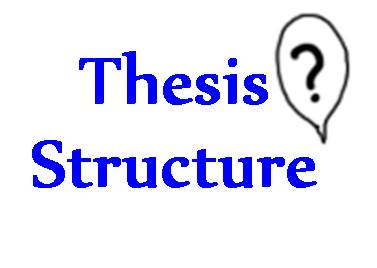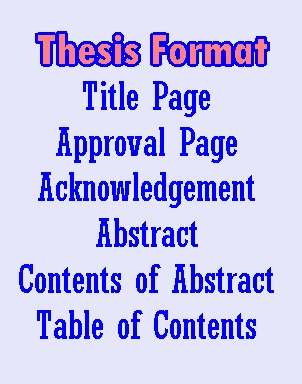 Writing a thesis is complicated if you do not know how to start with it. The first step is to write an outline of your thesis in order to have a guide while writing your thesis.
Writing a thesis is complicated if you do not know how to start with it. The first step is to write an outline of your thesis in order to have a guide while writing your thesis.
Here is a sample thesis outline or structure for your thesis writing:
- Title Page
It includes the thesis title, author, institution, department, date of delivery, research mentor(s) and advisor, institutions, and email address.
- Abstract
Abstract just contains 1 to 2 paragraphs approximately 400 words. It contains the details why the paper is important as well as the summary of major results and explains the major implications of the work. It should be concise and readable.
- Table of Contents
It contains headings and subheadings with corresponding page numbers.
- Introduction
Introduction should catch the attention of the reader immediately. It should be interesting and motivate the reader to read the rest of the paper. It provides why the study was undertaken and why the thesis paper is written. Also, it contains background information and significance of the study as well as the scope of work.
- Methods Used
It includes the method used in the research study such as the description of the material, procedure and theory. Also, it contains the procedures being used including the calculations, techniques and equipment.
- Results of the Study
It provides the results of your study such as the actual statement of observation including tables, graphs and statistics.
- Conclusions
Describe your conclusion by summarizing the new observation, interpretation and insights based on your study.
- Recommendation
It includes recommendation if necessary such as the remedial solution to the present problem or further research for the study.
- Acknowledgment
This section is to acknowledge all the people who help financially, technically and intellectually.
- List of Figures and Table
It contains all figures and tables used in the thesis with page numbers
 TITLE PAGE
TITLE PAGE